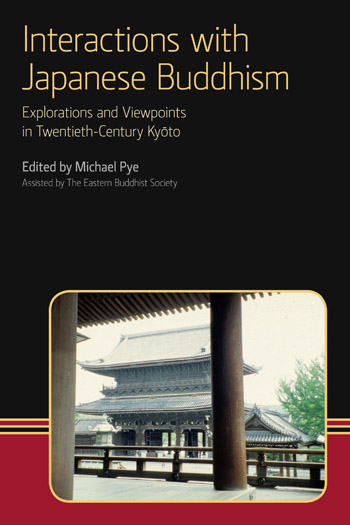
Interactions with Japanese Buddhism - Explorations and Viewpoints in Twentieth Century Kyōto - Michael Pye
3. Dengyo Daishi and German Theology
Interactions with Japanese Buddhism - Explorations and Viewpoints in Twentieth Century Kyōto - Michael Pye
Bruno Petzold † [+]
Writer and Buddhist Scholar
Bruno Petzold (1873–1949) was born at Breslaw, Silesia, which at that time was part of the German Empire. He attended Leipzig University and Berlin University. For several years he was the correspondent in Paris for the Berliner Tageblatt and other German newspapers and periodicals and became acquainted with Georges Clemenceau, Emile Zola and other literary and political figures. He was later a correspondent in London and China before moving to Japan in 1910. He lived there for the rest of his life. He taught German at a school, Dai Ichi Kotogatta, in Tokyo, while his wife taught at the Ueno Academy of Music.
In Japan Petzold converted to Buddhism and he eventually became a priest of the Tendai sect. Most of his published articles and monographs related to Buddhism. They included: Die Triratna; Grundsätzliches űber das Wahre des Buddhismus (1933), Goethe und der Mahāyāna Buddhismus (1936), Les classifications du Bouddhisme (1937), Japanese Buddhism: A Characterization. His most important writings were published posthumously: Tendai Buddhism: Collection of the Writings of Bruno Petzold (1979), Die quintessenz der T’ien-t’ai (Tendai) (1982), The Classification of Buddhism=Bukkyō Kyōhan (1995).
Description
In this essay, the author looks at the work of Dengyo Daishi, known as the systematic introducer to Japan of the Chinese Tiantai School and compares it with the medieval mystical writing known of Theoogia Germanica. It is thus an early example of those Buddhist-Christian encounters that have focused on the mystical strand within Christianity as the most promising point of contact for exploration.





